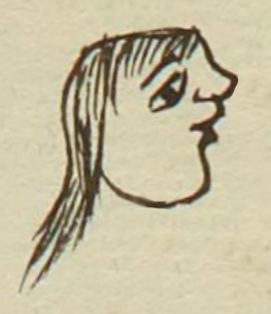Mexicatl (MH595r)
This black-line drawing of the simplex glyph for the personal name or ethnic designation, Mexicatl (“Person from Mexico,” attested here as a man’s name), shows a profile view of a man's head looking toward the viewer's right. His eye is open, and his mouth is closed. The appearance of this man is different from the tribute payer who has this name or ethnicity. The head in the glyph has long hair that hangs down well below his jawline.
Stephanie Wood
The ethnicity we know of as Mexica is a plural. Mexicatl is a singular. But we also see Mexi as the singular. Two examples of Mexi appear below. The plural form Mexitin has not come into this database yet (May 2023) as a hieroglyph, although the term can be found in alphabetic Nahuatl texts, such as the Codex Chimalpahin and the Codex Chimalpopoca.
Stephanie Wood
galisto mexicatl
Calixto Mexicatl
Stephanie Wood
1560
Stephanie Wood
ethnicities, etnicidades, Mexicas, pelo largo, long hair, nombres de hombres, Mexi, Mexih

mexica(tl), a Mexica, an ethnicity, https://nahuatl.wired-humanities.org/content/mexicatl
Mexi, Mexih, Mexicatl, Nahua, o Mexicano
Stephanie Wood
Matrícula de Huexotzinco, folio 595r, World Digital Library, https://www.loc.gov/resource/gdcwdl.wdl_15282/?sp=269&st=image.
This manuscript is hosted by the Library of Congress and the World Digital Library; used here with the Creative Commons, “Attribution-NonCommercial-ShareAlike 3.0 License” (CC-BY-NC-SAq 3.0).








